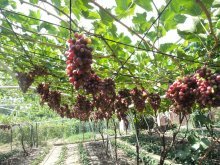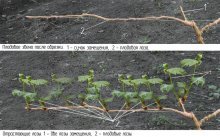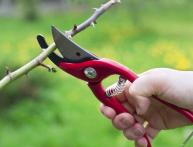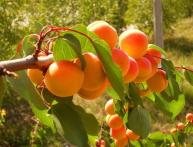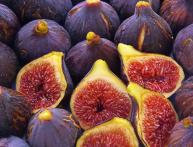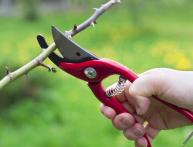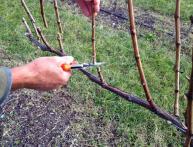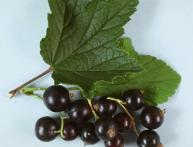How to fan shape grapes
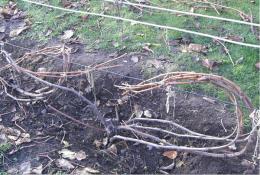
Grapes are an extraordinary plant. It provides people with delicious berries, which are good both fresh and processed. In addition, the berries, seeds, and leaves of this plant will help a person with various diseases. Viticulture was already familiar to ancient man when he replanted the best wild specimens closer to his home.
Since then, humanity has accumulated vast experience in growing of this crop and has developed a number of agrotechnical techniques that affect the yield. Fan formation of grapes is one such technique. Let's try to find out why such a formation is needed and the basic principles of its implementation.
Content:
- Why do you need to shape a grape bush?
- Fan and some other types of formation
- How to grow fan-shaped grapes
Why do you need to shape a grape bush?
Unlike ordinary berry bushes, grapes require special formative pruning. If you neglect this agrotechnical measure or carry it out carelessly and incorrectly, then the grapes will not show all their varietal qualities.
If you let the growth process of a bush take its course, it will quickly grow its shoots and take up quite a lot of space in space, this is exactly how wild grapes behave. However, the berries of varietal plants are not only crushed, but their taste also deteriorates. In addition, you should not expect a large harvest from a bush.
There are several reasons for this.The main thing is that the grapes set berries on the shoots of the current year, which are formed on the vine of the previous year. If you do not carry out shaping, then from the numerous dormant buds that are present on perennial shoots will produce shoots incapable of forming an ovary.
In addition, some shoots will suffer greatly from a small amount of sunlight and lack of nutrients. The berries are crushed accordingly and will not be able to collect the required amount of sugars. Proper formation allows you to not only grow a good harvest on a fairly modest area, but also maintain the bush in a compact form for a number of years.
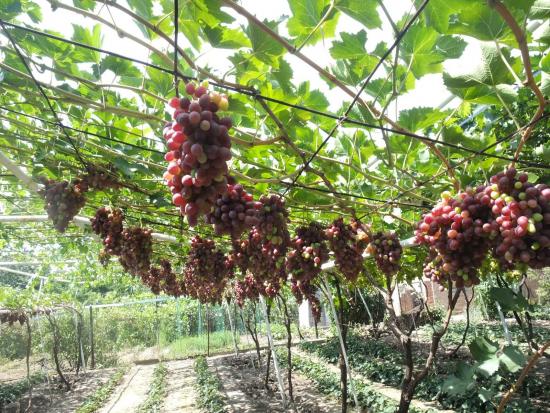
The best time for formative pruning of grapes can be considered the period of natural leaf fall, when the movement of juices slows down. For many areas with cold and temperate climates, this is the end of September - October. In more southern regions it is October-November.
It is advisable to carry out the first shaping already in the year of planting. It is important to carry it out regularly in the first three to four years, and in some cases up to six years, depending on the climate and variety. This operation requires special tools:
- hacksaw, garden
- pruner
- grape or garden knife
Before starting work, the tools must not only be clean, but also well sharpened. To avoid flattening shoots pruning shears, it is advisable to opt for a tool with two cutting blades.
Thin and flexible annual shoots are easiest to trim with pruning shears, but for much thicker perennial shoots it is better to use a hacksaw for garden plants.
Fan and some other types of formation
In viticulture, several methods are used to form grape bushes:
- fan
- gazebo or arched
- standard unsupported
- sleeveless capitate
- cordon
The choice of formation method primarily depends on the experience of the winegrower, variety, and climate of the region. It is also worth considering the distance between the bushes, the location of the site and even the natural growth of the bush. All of the above methods are suitable for colder regions.
Formation a fan-shaped bush is one of the most popular methods used by beginners and inexperienced winegrowers. The fan allows you to have three or more perennial branches, which are located in the plane of the trellis itself. With the help of this forming it is convenient to regulate the load on the bush and rejuvenate the plant without significantly reducing the yield.
The fan formation can be either double or single sided. There are standard and non-standard forms, as well as small, medium and large. Small fan forms, both standard and without, are most often used in amateur viticulture in Moldova, Ukraine, Azerbaijan, and southern Russia.
Video on how to form a grape bush in the shape of a fan:
Medium forms were first tested at the Don experimental station. They are the ones that have found wide application in regions with covered viticulture. Large fan forms are most often used in irrigated vineyards located in Central Asian regions.
Among all the varieties, the one most often used in areas with temperate or cold climates is the standard-free fan or one-sided half-fan.
How to grow fan-shaped grapes
In the first two years growing this shaping is carried out in the same way as with the Guyot shaping, which was used in France 150 years ago and has been time-tested.In the first autumn, which comes after planting, only one single shoot is left and cut to two, or better yet, three buds above ground level or above the grafting site.
The following autumn, if three shoots have grown from all three eyes, then the weakest one is removed. If there were initially two shoots, then one of them needs to be cut off into a branch.
This will be a replacement knot; you need to leave 2-3 eyes on it. The second shoot will act as a fruit vine. The minimum number of eyes on it is 4-6, the maximum is 12. For the next spring season, not only the fruit vine, but also all the shoots from the replacement knot must be secured to the trellis. With the onset of autumn, the fruit vine is already pruned onto the branch.
In the third year, it is necessary to begin the formation of grape sleeves. By the autumn of the third year, the grape bush usually has four shoots, about a meter long. The thickness of each shoot is from 0.6 to 1.0 cm. These shoots are shortened to 0.5 m in the fall. After this, they are fan-shapedly tied to a trellis.
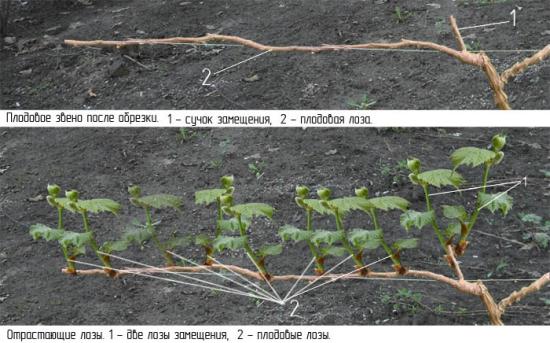
Those shoots that are inside are cut a little shorter than the outside ones. The next year, the vine that produced the harvest is cut down to the knot, and of the remaining shoots, one is cut out for a replacement knot, and the other for a fruit vine. In later years of life grape bush, the number of sleeves can be increased.
As a result, bring their number to 8. Fan-shaped bushes are conveniently covered for the winter using a dry air method. It will ensure longevity for the sleeves. Shaping grapes is a creative process; sometimes the bush itself makes adjustments to the winegrower’s plans.

